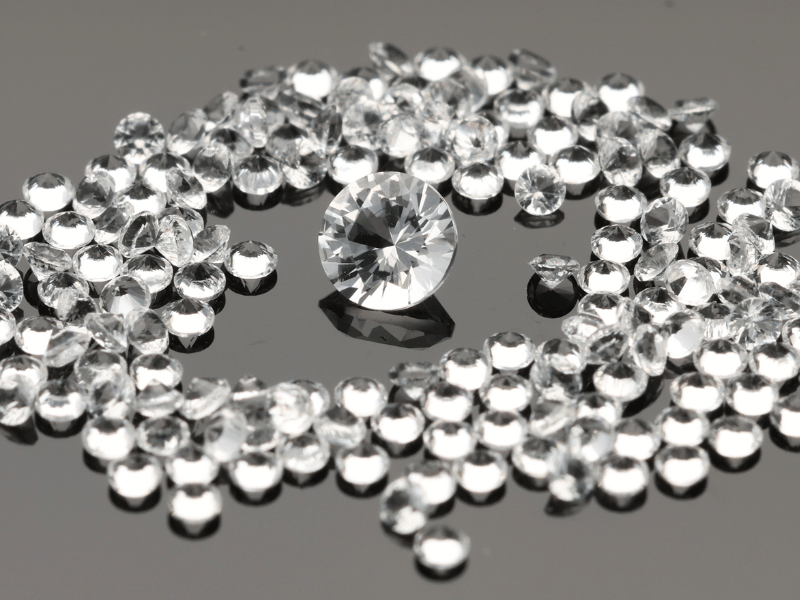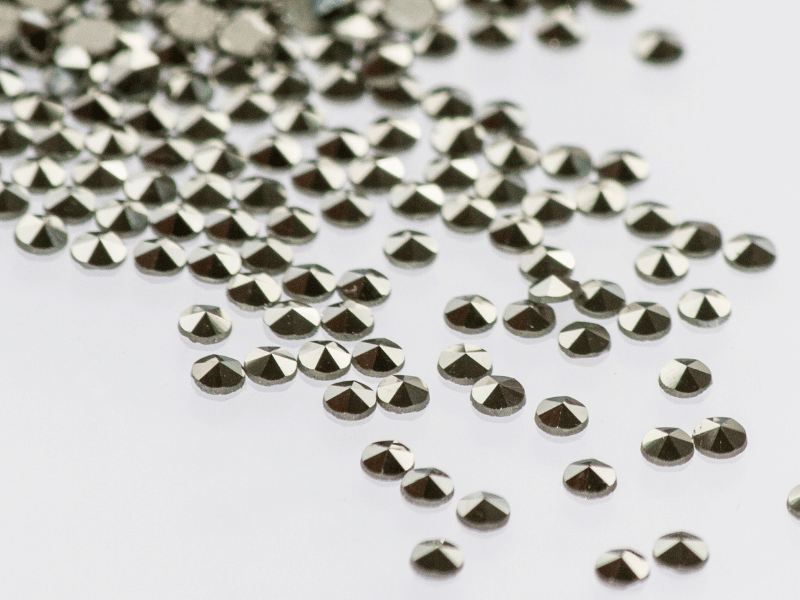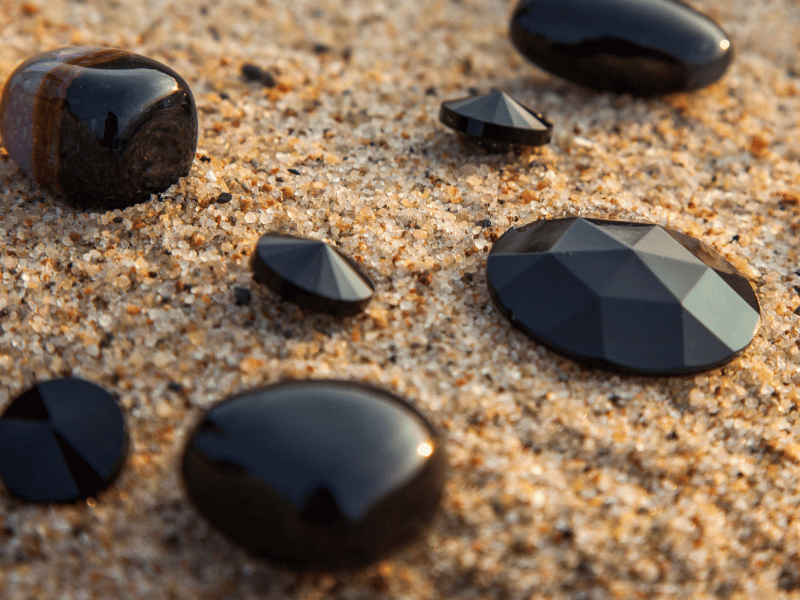White Topaz is a gem that is known and has been used for centuries. It is today classified as a semi-precious stone, alongside spinel or peridot. Topaz is indeed one of the most popular stone in jewelry creations.
This is a stone that exists in a large variety of colors: yellow, pink, blue, brown, crimson; but the most abundant one is the colorless topaz – the other name for white topaz. Topaz allows for cutting stones of many different sizes, ranking from one millimeter to several centimeters in diameter.
The name Topaz comes from the ancient Greek topazos, designating those very gems coming from the island of Topazos, today known as Zabargad Island, an island of the Red Sea.
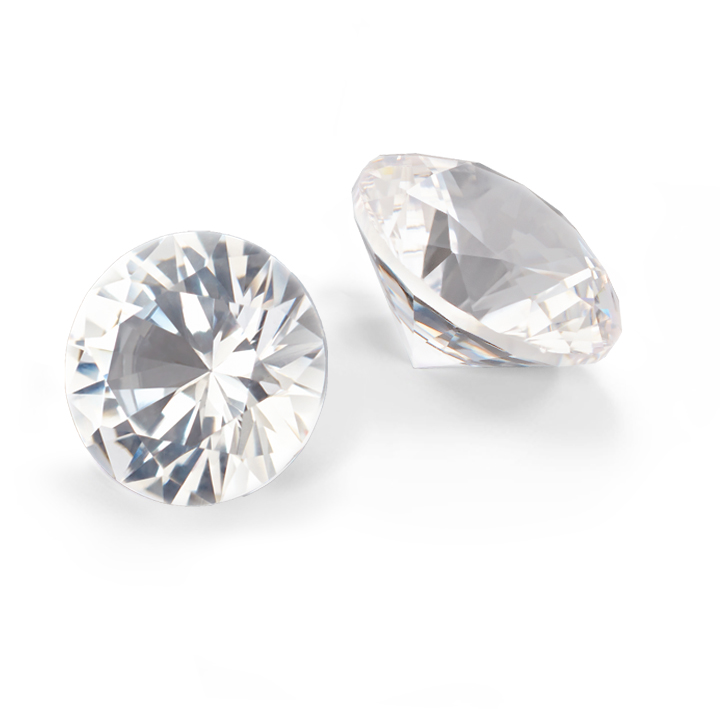
The Characteristics of White Topaz
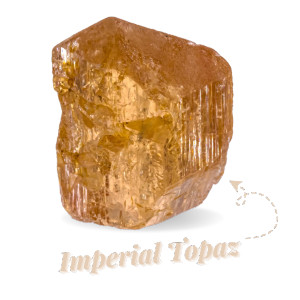
White Topaz therefore belongs to the family of topazes. Its rather complex composition (Al2(SiO4) (F,OH)2 indicates that this gem is rather simply a silicate mineral of aluminum and fluorine.
One of the most valued shades of topaz is called “Imperial topaz”, when it comes featuring a pinkish-orange color.
The different colors mentioned above are the result of chemical elements that are present in traces during the stone crystallization process. As an example, Imperial Topaz owes is color partly to the atoms of chromium that are present in its crystallization.
As an example, Imperial Topaz owes is color partly to the atoms of chromium that are present in its crystallization. Topaz being a gem that naturally stems from the Earth, it is likely to display inclusions. Most of these inclusions are visible with a x10 magnifier.
Physical Properties of White Topaz
Its Hardness
Topaz features remarkable physical and chemical properties.
With a hardness ranking 8 by definition, on the Mohs Scale, Topaz offers pretty good resistance to scratches.
It will scratch a quartz but will be scratched by diamonds or rubies and sapphires (corundum).
Its Density
Regarding density, it is generally equal to 3.54, which makes Topaz a rather high-density material. Incidentally, it is very close to the density of diamonds.
Resistance
White Topaz offers good chemical and good heat resistance.
It is however necessary to watch out color modifications on colored topazes when reaching 200°C.
Besides, the mechanical strength of White Topaz is average, due to its crystallization, which is particular.
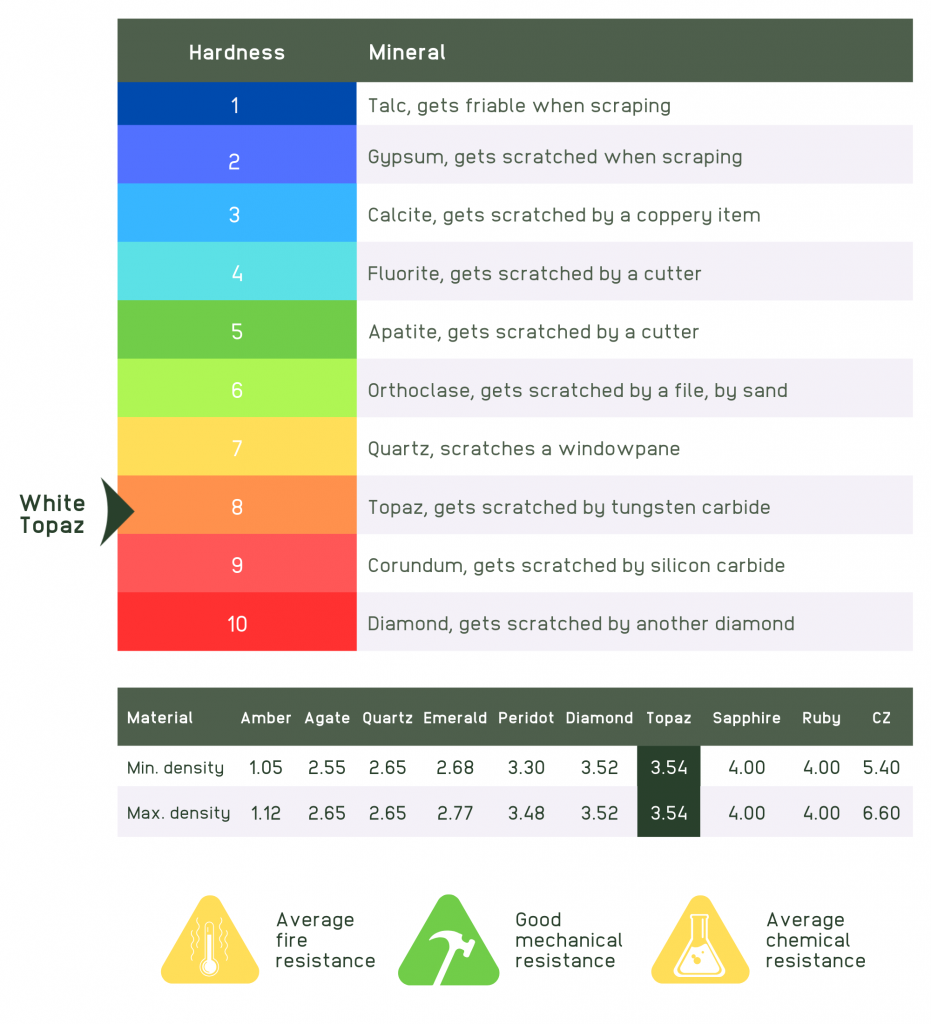
There is a fragility orientation in a topaz crystal. This orientation is called cleavage. Whenever a mechanical strength that is too strong, is applied in the same orientation than the cleavage plane of the crystal, topaz will split in two separate parts.
A vast majority of topazes are cut so as to avoid cleavage from being troublesome when manipulating the stone, notably when manipulating them for jewelry purposes.
Deposits of Topaz
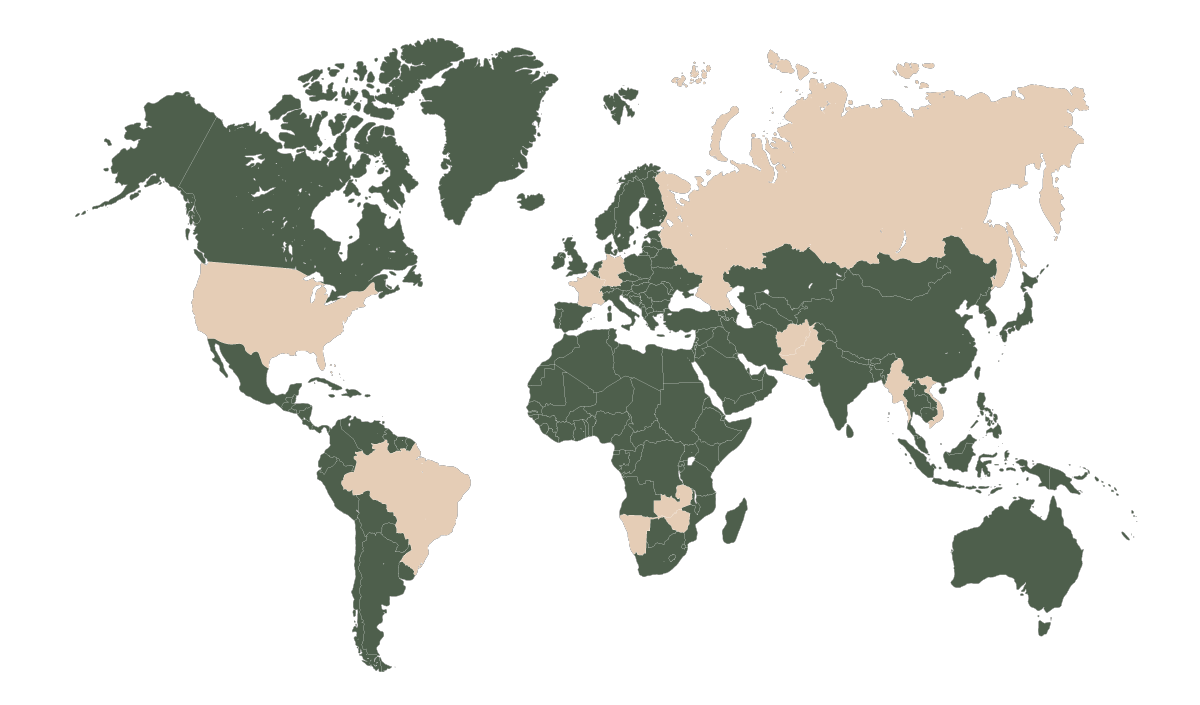
Topaz is a semi-precious stone that is quite well distributed on the different continents of the globe.
Some deposits contain more colored topazes than others.
The 3 biggest supplier countries for topazes are: Brazil, Pakistan, and Russia.
Quite a few other countries own topazes deposits in their soils that are, to a certain extent, exploited.
Those countries are the United States, Myanmar, Vietnam, Afghanistan, Zimbabwe, Namibia, Zambia, Germany, and even France.
Anecdotes about Topaz
Topaz is a gem that has often been treated, notably to enhance its color.
The main treatment is applied to blue topazes, called at times “Sky blue”, “Swiss blue” or “London blue”. Those topazes have been subjected to a treatment called “irradiation” that gives the stone a light to darker shade of blue.
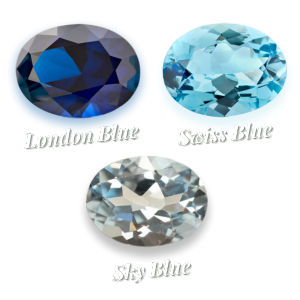
Topaz can also come in very big crystals; would you imagine that one day a rough stone weighing 37 kg has been cut into a faceted gemstone of 31 000 carats (i.e., 6.2 kg)?
This golden-brown colored topaz has been named “El Dorado” and it can be seen in Madrid, Spain, as part of the Programa Royal Collections

Want to take a closer look at this radiant gemstone? Explore our selection of white topazes in our online store.
